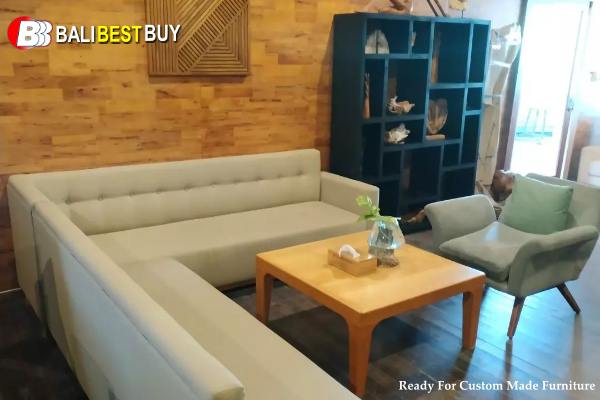What makes Bali furniture different from the rest? As you may know, Bali, an island paradise known for its breathtaking scenery and vibrant culture, holds a secret treasure that sets it apart in the field of furniture crafting. As someone who is deeply immersed in the world of design and aesthetics, I embarked on a journey to discover the essence of what makes Balinese furniture truly different from the rest. Behind the touristy beaches and bustling markets lies a rich tradition of artisan skills that permeates every piece of furniture made on this enchanting island.
3 Things That Make Balinese Furniture Different from Others:
1. The Allure of Balinese Materials: A Dance of Nature and Craft
Bali furniture is not just a product; it is a manifestation of the island’s close relationship with nature. The use of quality teak, bamboo, and rattan materials, carefully sourced and processed by skilled hands, breathes life into each creation.
The fusion of sustainable practices and indigenous materials results in furniture that not only captivates the eye but also tells a story of environmental awareness. The connection between craftsmanship and nature is the hallmark that sets Balinese furniture apart from the mass-produced furniture flooding the global market.
2. The Art of Carving: A Symphony of Tradition and Modernity
As I delved deeper into the workshops of Bali’s master craftsmen, the art of carving emerged as its hallmark. Intricate patterns inspired by Balinese mythology and cultural symbols adorn each piece, creating a visual tapestry that harmonizes with the island’s rich cultural heritage.
What sets Balinese furniture apart is its ability to blend tradition with modern design sensibilities. The unique designs blend modern and traditional styles with the carvings telling stories of their own. Making each piece not only a functional item but also a work of art that carries a memorable Balinese soul.
3. Crafting a Unique Experience: The Personal Touch of Balinese Artisans
In my quest to understand what makes furniture in Bali different, the personal touch of Balinese artisans became evident. Unlike mass-produced furniture, each item is carefully crafted by skilled hands that have inherited generations of knowledge.
Meeting these artisans, listening to their stories, and witnessing their dedication transformed my perspective. Bali furniture is not just a commodity; it’s an embodiment of the passion and pride that these artisans infuse into their creations.
Conclusion
In conclusion, the allure of Bali furniture lies in its ability to transcend the boundaries between art and functionality. The island’s commitment to sustainable practices, the use of indigenous materials, the intricate art of carving, and the personal touch of skilled artisans collectively create an unparalleled charm.
Bali furniture isn’t just about filling a space; it’s about bringing a piece of Balinese culture, tradition, and artistry into your home. As I reflect on my journey into the heart of Bali’s furniture scene, I am convinced that what makes Bali furniture different from others is its ability to tell stories, evoke emotions, and seamlessly blend the old with the new.


